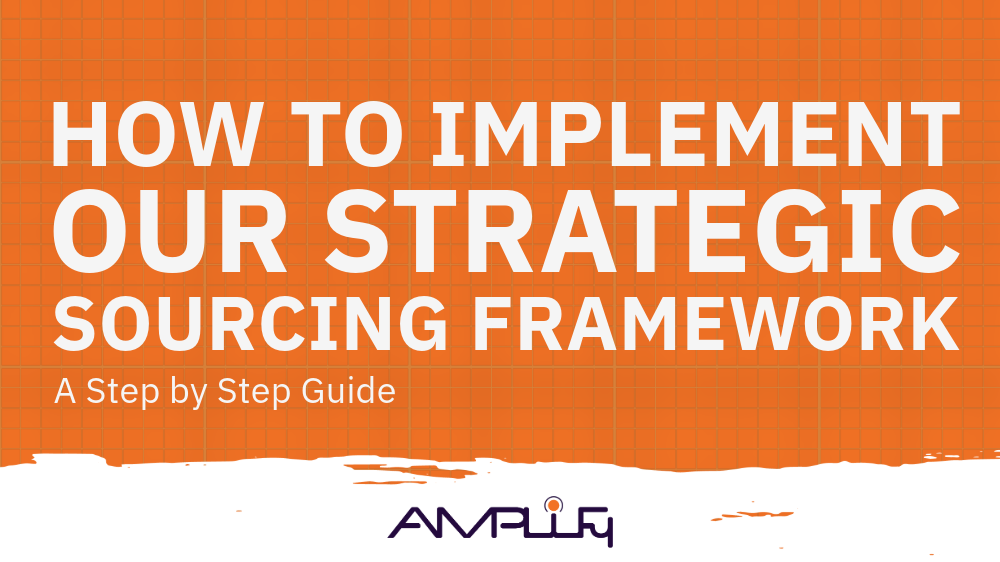This Is Why We Push for DevOps
By Gill Haus, SVP, Technology, Capital One
I don’t know about you, but I’m tired of hearing about DevOps. That might surprise some people given I’m a rather large advocate for its adoption at Capital One. What I really care about is our customers; the person that uses our credit cards on a regular basis to manage their expenses, the person that has a checking account they use for direct deposit and to pay their bills, and the front-line associate who fields call after call from every customer under the sun.
It is for those people that I push for better architecture, better quality, better stability and a better experience. DevOps just happens to be an amazing forcing function to deliver these results. After all, there are only so many calls a team can take at 2 a.m. before they fix the problem, and who better to fix it than the engineers and product partners that built, tested, and deployed the software? Regardless what you call it, the practices that come with operating in a DevOps manner have incredible benefits, but are often easier said than done. Here are a few best practices to get started in your teams.
- Tell the story: It’s important to provide a clear vision for engineering and product teams.
- Prioritize the work: Help teams have a clear roadmap. This will not happen on its own — you as a leader need to dig in and negotiate priority.
- Offer training and resources: Give your team what they need to make the work happen.
- Seek help: You don’t have to solve every problem yourself. Learn from others and reuse solutions when possible. Give teams the freedom to fail, explore, test and learn along the way.
- Show and tell: Educate and share success stories with partners and others in the organization. Show the value, share the learnings and celebrate the success.
These practices enable you to create a culture of delivering products, features and services to customers more predictably and with higher quality. We’re seeing real results from focusing on a clearly defined vision, bringing whole teams together and implementing open/collaborative processes. This was on display as we delivered Zelle, a person-to-person payment platform, to rave reviews in just three months.
This was on display as we delivered Zelle, a person-to-person payment platform, to rave reviews in just three months.
Throughout Capital One, our incidents are declining and engineering and product teams are keeping the customer experience top of mind. We’re finding new ways of delivering microservices, leveraging CICD, and driving accountability with ‘you build it you own it’.
Changing the way we work is exciting stuff. You can call it DevOps … we just call it delighting our customers and engineers.
Gill Haus is the Senior Vice President and CIO of Digital Innovation for the Retail and Direct Bank at Capital One, where he is responsible for building and sustaining an innovative technology organization while fostering a culture of excellence in software engineering and digital product development.




